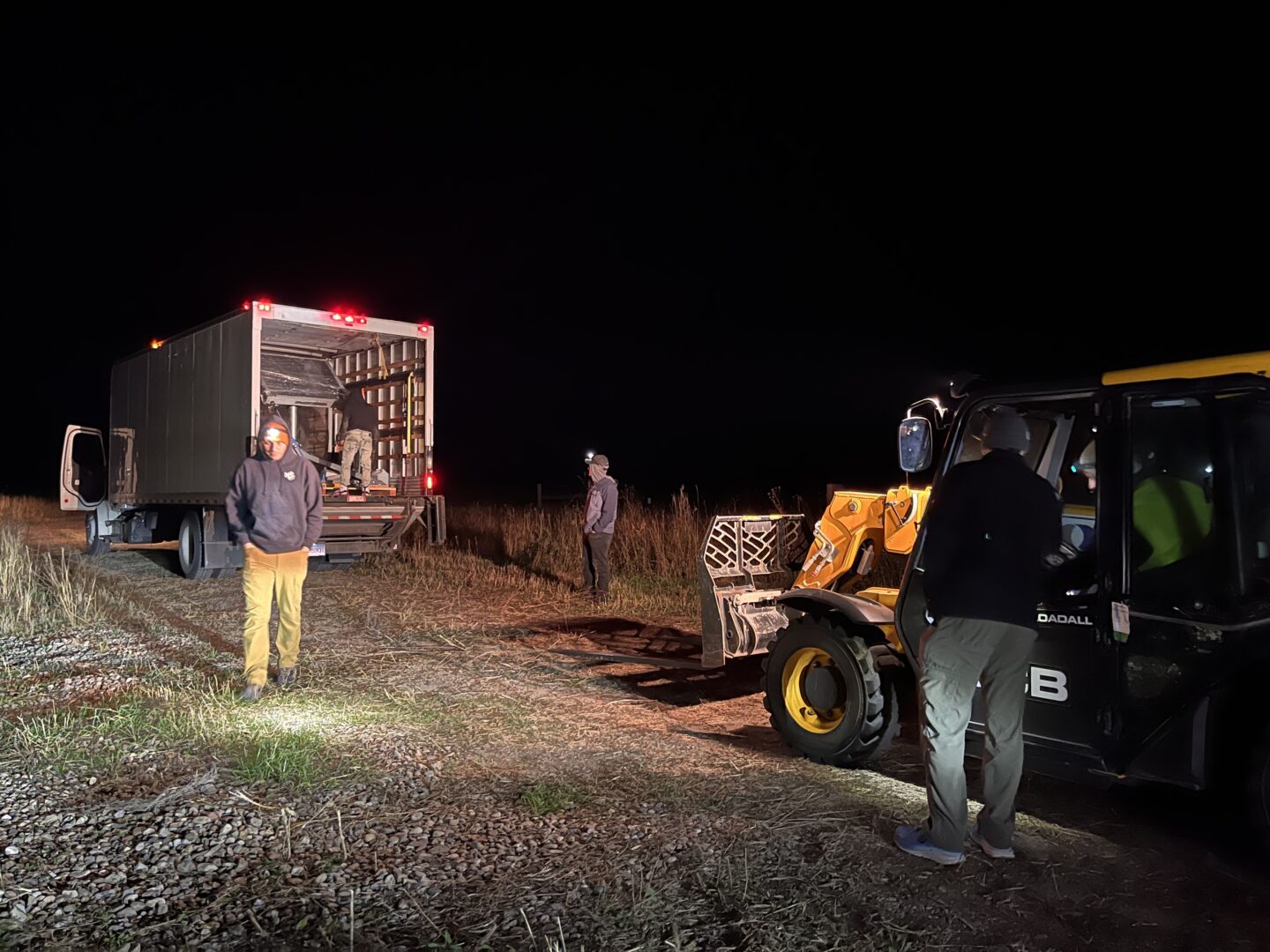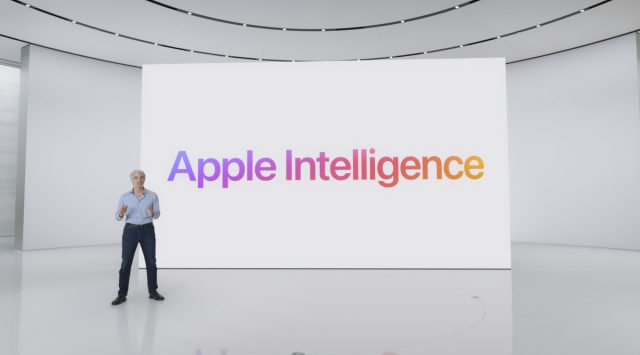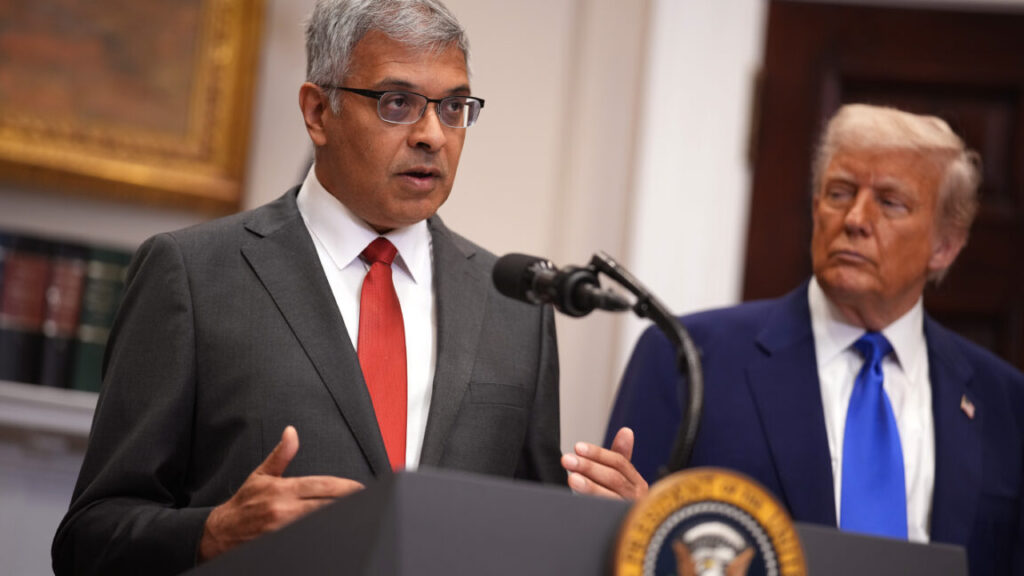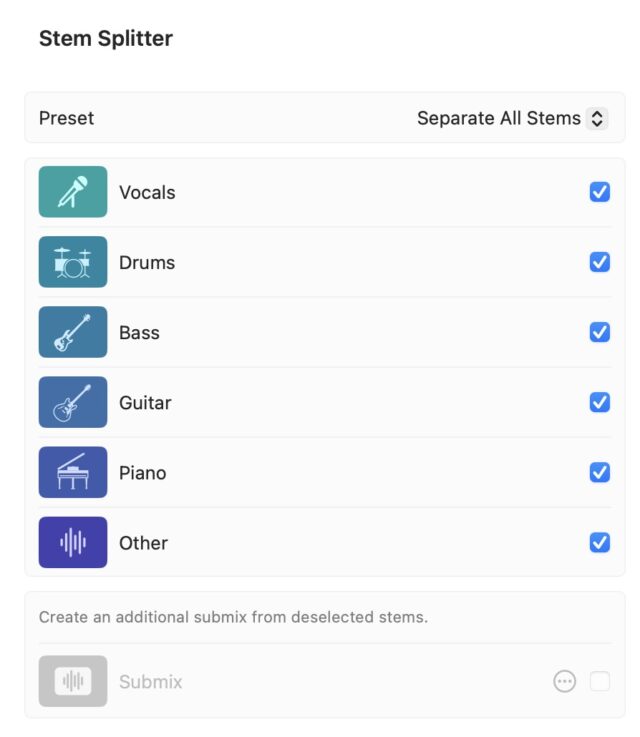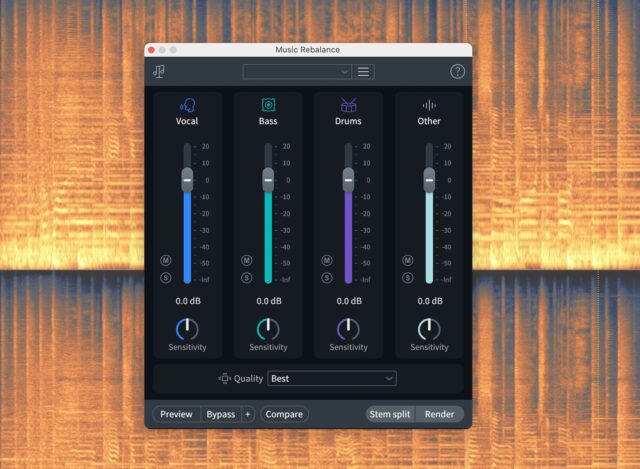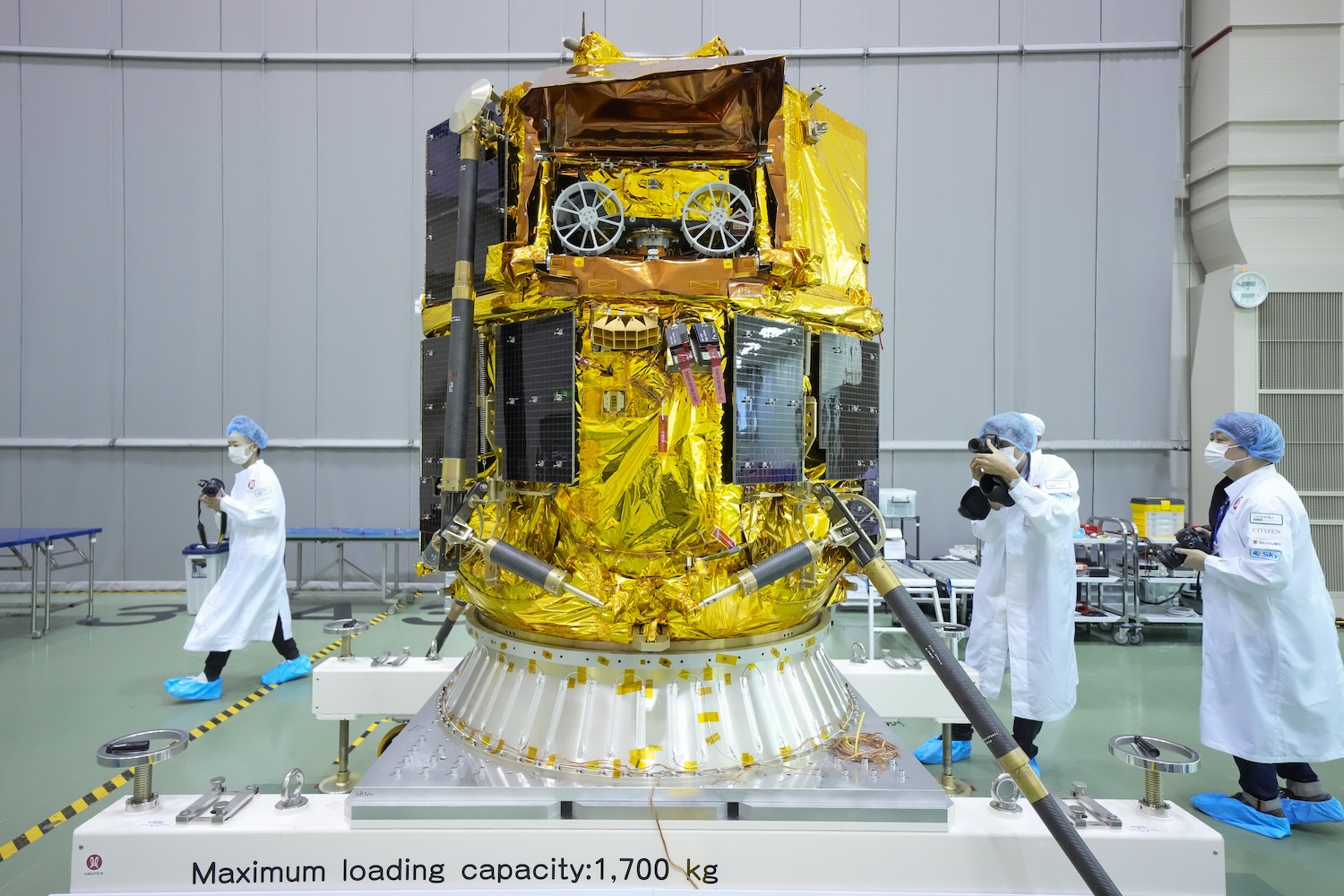“Yuck”: Wikipedia pauses AI summaries after editor revolt
Generative AI is permeating the Internet, with chatbots and AI summaries popping up faster than we can keep track. Even Wikipedia, the vast repository of knowledge famously maintained by an army of volunteer human editors, is looking to add robots to the mix. The site began testing AI summaries in some articles over the past week, but the project has been frozen after editors voiced their opinions. And that opinion is: “yuck.”
The seeds of this project were planted at Wikimedia’s 2024 conference, where foundation representatives and editors discussed how AI could advance Wikipedia’s mission. The wiki on the so-called “Simple Article Summaries” notes that the editors who participated in the discussion believed the summaries could improve learning on Wikipedia.
According to 404 Media, Wikipedia announced the opt-in AI pilot on June 2, which was set to run for two weeks on the mobile version of the site. The summaries appeared at the top of select articles in a collapsed form. Users had to tap to expand and read the full summary. The AI text also included a highlighted “Unverified” badge.
Feedback from the larger community of editors was immediate and harsh. Some of the first comments were simply “yuck,” with others calling the addition of AI a “ghastly idea” and “PR hype stunt.”
Others expounded on the issues with adding AI to Wikipedia, citing a potential loss of trust in the site. Editors work together to ensure articles are accurate, featuring verifiable information and a neutral point of view. However, nothing is certain when you put generative AI in the driver’s seat. “I feel like people seriously underestimate the brand risk this sort of thing has,” said one editor. “Wikipedia’s brand is reliability, traceability of changes, and ‘anyone can fix it.’ AI is the opposite of these things.”
“Yuck”: Wikipedia pauses AI summaries after editor revolt Read More »







